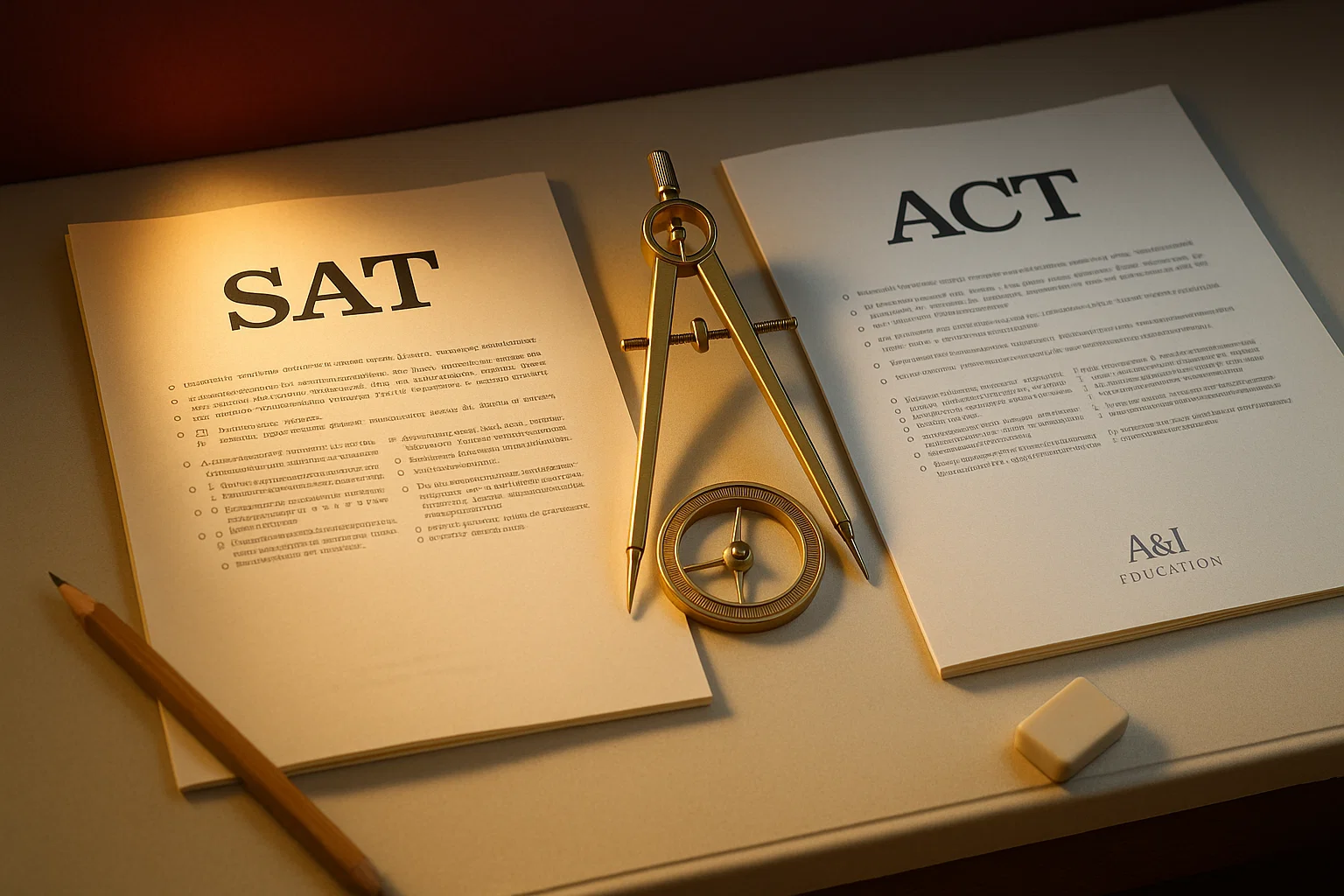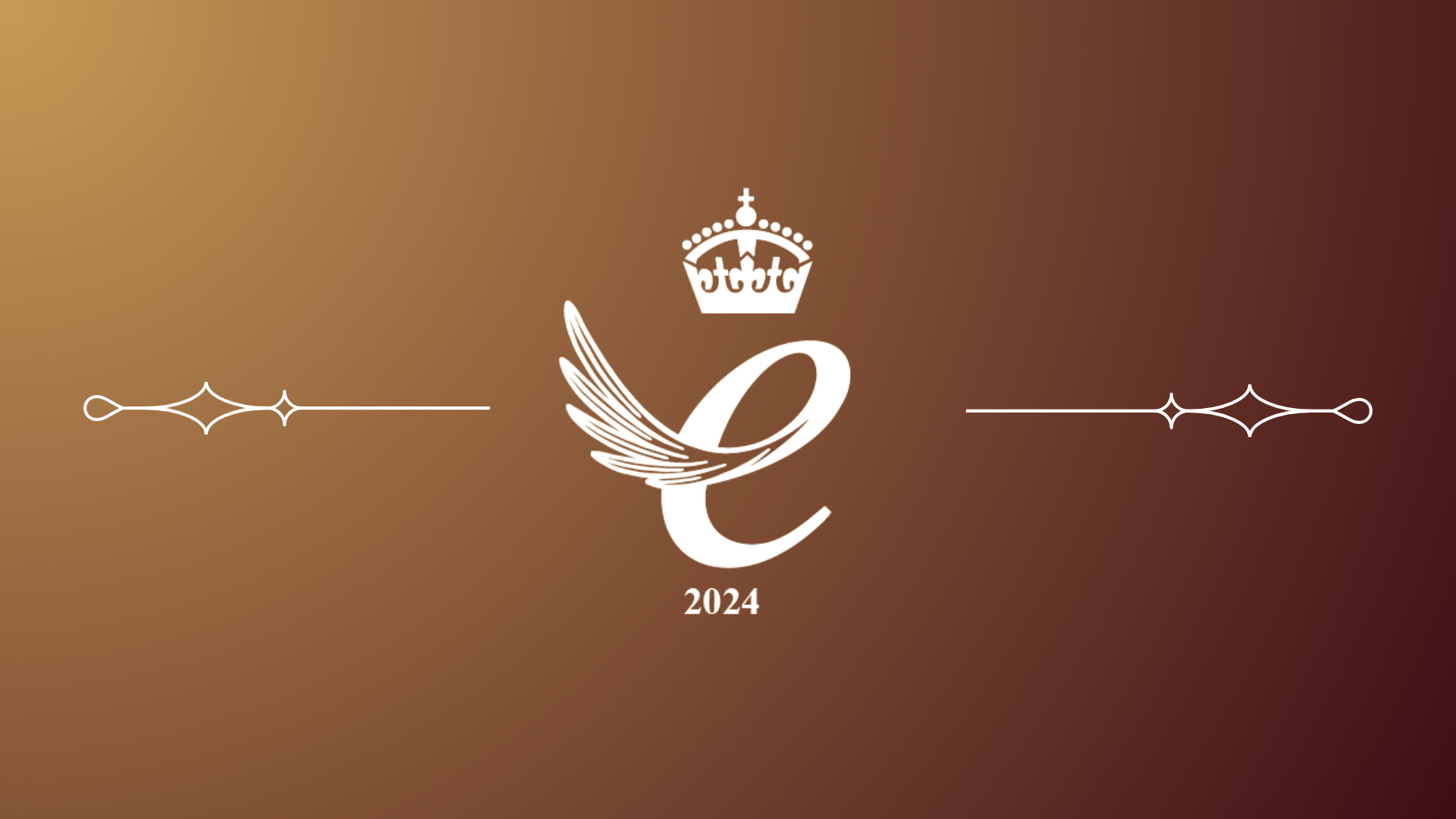
SAT vs ACT: How to Choose the Right Test for You
Deciding between the ACT and SAT is a crucial step in the college admissions journey. Both standardised tests are equally accepted by nearly all U.S. colleges and universities, and neither is preferred over the other. Yet, each exam has distinct features, and understanding their differences can help students determine which best aligns with their academic strengths, test-taking preferences, and long-term goals.

Before diving into test formats and content, it’s useful to understand the concept of concordance. Concordance tables compare scores between the SAT and ACT—not to equate them, but to establish approximate equivalence. Developed jointly by ACT and the College Board, the 2018 concordance tables remain the most current and include comparisons such as SAT Total Score to ACT Composite, SAT Math to ACT Math, and SAT Evidence-Based Reading and Writing (ERW) to ACT English plus Reading. These tables help students, counselors, and universities interpret scores across tests, but a concorded score is not a perfect prediction of performance on the other exam.

Though both tests assess reading, writing, and math, their structure and emphasis differ significantly. The ACT includes a dedicated Science section that evaluates critical thinking and interpretation of scientific data, making it a strong choice for students with STEM interests. In contrast, the SAT integrates science reasoning into its reading and math sections. The SAT places more emphasis on algebra and multi-step problem-solving, while the ACT covers a broader range of math topics, including more geometry and statistics, typically at a less advanced level. Another distinction is that the SAT provides a formula sheet for math questions, whereas the ACT does not.
In reading and writing, the SAT typically presents shorter reading passages with one question each, while the ACT features longer passages followed by a series of questions. The ACT tends to focus on practical language skills and grammar usage in context. The ACT also still offers an optional essay, which can demonstrate writing ability, while the SAT has discontinued its essay section.
In terms of format and delivery, the SAT is now fully digital and adaptive. This means the difficulty of questions adjusts based on student performance, contributing to a shorter overall test length. The ACT remains a linear, fixed-format test and is still available in both paper and digital formats, though international students take it digitally. The SAT comprises two main sections: Reading & Writing, and Math. The ACT consists of four sections: English, Math, Reading, and Science, with an optional Writing section.

The tests also differ in timing and pacing. The SAT is approximately 2 hours and 14 minutes long, while the ACT runs for about 2 hours and 55 minutes without the essay and 3 hours and 40 minutes with it. The SAT generally allows more time per question, making it more suitable for students who prefer a slower pace or struggle with time pressure.
Scoring also varies. The SAT is scored on a scale from 400 to 1600, with equal weight given to Math and ERW. The ACT uses a scale from 1 to 36, based on the average of the four section scores. Both tests allow superscoring, meaning students can combine their highest scores from different test dates. While each test is challenging, the ACT’s straightforward format is often seen as slightly more conducive to achieving a perfect score.

Both tests are undergoing changes. The SAT went fully digital in 2023 for international students and in 2024 for U.S. students. The ACT is introducing changes starting in 2025, including a shorter overall test, revised scoring that removes the Science section from the Composite score, and increased digital accessibility. From April 2025, the ACT Composite score will be based solely on English, Math, and Reading, with Science scored separately. By Fall 2025, students may choose from as many as twelve different ACT formats.
Choosing the right test depends on individual strengths and preferences. The most effective way to decide is to take a full-length practice test for both the SAT and ACT under timed conditions. This helps students assess their comfort with each format and their ability to manage time. Those with strong science skills, a preference for direct questions, or an interest in receiving a STEM score may prefer the ACT. Students who prefer more time per question, excel in algebra, or value a digital, adaptive format may be better suited to the SAT.
It’s also important to consider logistics, such as the availability of test centers, and personal comfort with digital vs paper testing. Features like the ACT’s “My Answer Key,” which allows students to review their answers and learn from their mistakes, may also influence the decision.
Key differences at a glance:
Acceptance: Both tests are equally accepted by all U.S. colleges
Format: SAT is fully digital and adaptive; ACT is linear and available on paper or digitally
Sections: SAT has two sections (Reading & Writing, Math); ACT has four (English, Math, Reading, Science) plus optional Writing
Science: SAT integrates science into other sections; ACT includes a separate Science section (optional from 2025)
Essay: SAT has no essay; ACT offers an optional Writing section
Duration: SAT is about 2 hours 14 minutes; ACT is about 2 hours 55 minutes (or 3 hours 40 minutes with essay)
Pacing: SAT allows more time per question; ACT is faster-paced
Math: SAT focuses on algebra and word problems; ACT covers a broader range including geometry and statistics
Formula Sheet: Provided on the SAT; not provided on the ACT
Scoring: SAT scores range from 400 to 1600; ACT scores range from 1 to 36
Superscoring: Supported by both, depending on the college
Test Changes: SAT went digital in 2023–2024; ACT introduces major changes from 2025, including a shorter test and revised scoring

At A&J, we believe that the best test is the one that allows you to shine. Colleges do not have a preference between the SAT and ACT, which means the choice is truly yours. The real question is not which test is easier, but which one best showcases your strengths. Whether you thrive under the steady pace and depth of the SAT or prefer the quicker, more evenly weighted structure of the ACT, the most important factor is thoughtful preparation. Take full-length practice exams, analyse your results, and commit to the one that suits your abilities. A strong test score can unlock opportunities—but it’s your full application, your story, and your consistency that truly open the door.





















.png)

